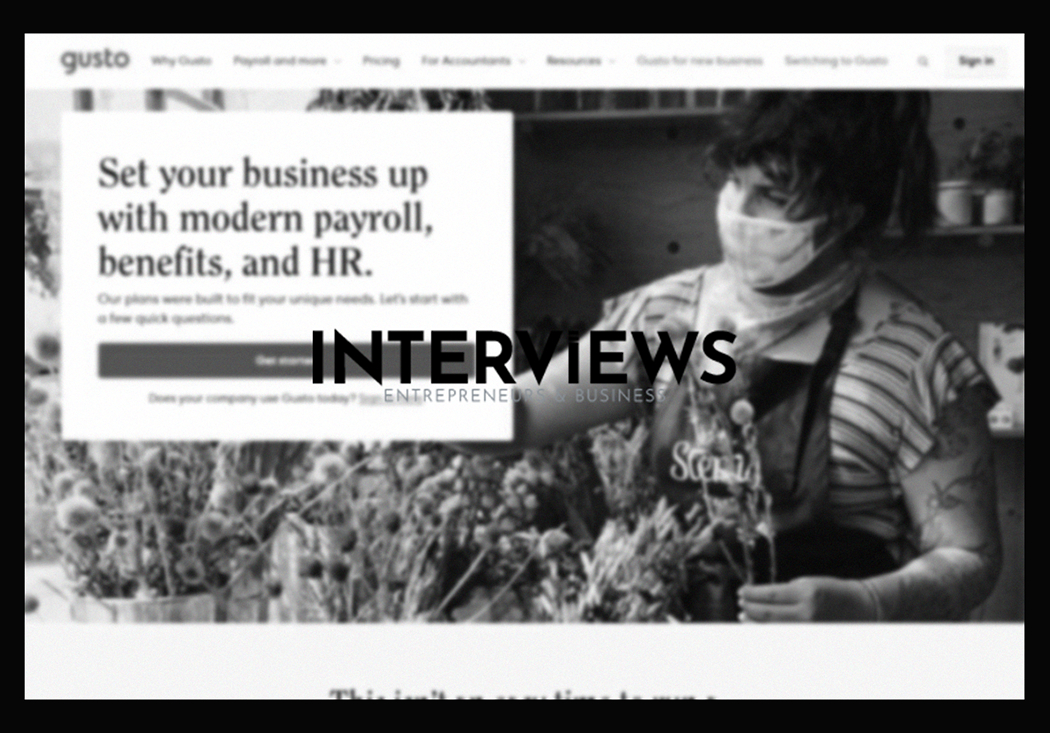Is Gusto Going Public? Decoding the IPO Buzz Around This HR Unicorn
Gusto makes HR, payroll, and benefits easier for businesses. But here’s the truth: Gusto is still private. There have been no IPO filings or announcements. So if someone claims to know Gusto’s public timeline, they might be mistaken.
The IPO chatter does have some roots. In August 2021, Gusto secured $175 million in a Series E funding round. T. Rowe Price led it, and rumors of a 2022 IPO began. The valuation then? A towering $9.5 billion. The IPO landscape today feels tighter. Market conditions shift frequently, and plans can change quickly.
If you want to invest, secondary marketplaces like Hiive and EquityZen provide a glimpse into pre-IPO opportunities. Accredited investors can look into buying Gusto stock through these private markets. It’s like standing in line for concert tickets before they go on sale. It carries risks, possibly costs more, but can provide earlier access.
While IPOs are the classic Wall Street premiere, companies have options. Gusto might consider SPACs, direct listings, or acquisitions. The corporate world is unpredictable, and ‘going public’ can take many forms.
Gusto’s Billion-Dollar Question: What’s It Really Worth?
Unicorn status sounds magical. In startups, it signifies a private company over a $1 billion valuation. Gusto achieved this. Initially valued at $9.5 billion in May 2022, it seemed on top of the world.
However, Hiive’s data paints a different story. Their Q1 2025 figures suggest Gusto’s value might be around $4 billion. This is a major drop from earlier. Volatility in private market valuations reflects the current economic situation.
Let’s discuss revenue. By April 2023, Gusto noted they surpassed $500 million in revenue. Impressive, right? Valuation ties to current revenue and future prospects. When they last raised money at the $9.5 billion mark, their valuation-to-revenue ratio was 36.5x. Investors paid $36.5 for each revenue dollar. Whether this ratio still stands today is crucial.
What Does Gusto Actually Do? Beyond Payroll Processing
Gusto offers more than payroll services. They aim to be the complete HR solution for small and medium-sized businesses (SMBs). CEO Josh Reeves leads efforts to simplify HR, payroll, and employee benefits.
Picture Gusto as a tech-friendly HR department. They handle vital tasks that keep businesses functioning smoothly, such as payroll processing and benefits management. They support over 400,000 businesses nationwide. That’s many paychecks and benefits packages managed.
Where does Gusto’s income originate? Two primary sources: subscriptions and savvy financial maneuvers. Most revenue comes from high-margin subscriptions from SMBs using their HR services. Investors appreciate this steady income. Gusto also earns interest on payroll-held customer funds and offers payroll APIs. They are even exploring banking products. Diversification is essential in payroll.
Gusto vs. The Competition: Who’s Who in the HR Zoo?
Every company faces rivals, including Gusto. The HR tech scene is competitive, with Rippling as a strong challenger, often deemed the “best overall alternative.” Other competitors include Justworks, ADP Workforce Now, Paylocity, and Paychex.
Let’s compare Gusto and Rippling. Both deliver HR and payroll solutions, but their approaches differ. Rippling offers an all-encompassing platform for HR, IT, and finance. Consider it a Swiss Army knife for operations. Gusto focuses on payroll and core HR tasks, making it suitable for smaller businesses needing payroll expertise.
What about QuickBooks? A leading accounting software provider, it has payroll features too. However, experts say Gusto excels in payroll, while QuickBooks dominates accounting. Specialization matters—select your tools wisely.
By the Numbers: Key Metrics to Understand Gusto’s Performance
Looking for a glimpse of Gusto’s financial health beyond headlines? Let’s explore essential metrics.
Gusto generated over $500 million in revenue in 2023. That is a good revenue foundation. While we lack their Annual Recurring Revenue (ARR) figure, it’s crucial in the SaaS realm, showcasing subscription revenue’s annualized value. As a point of reference, competitor Rippling reached $350 million ARR in 2023, doubling from $175 million in 2022. This gives insight into growth trajectories even if Gusto’s ARR is undisclosed.
Growth drives startups. Gusto’s yearly growth hovers around 58%. This is remarkable for a company of its size. Sustaining high growth rates poses challenges as businesses mature, but these figures indicate Gusto handles these difficulties well.
Investing in Gusto: Is There a Back Door to Unicorn Land?
Gusto is not publicly traded yet, so typical investors cannot buy shares on the stock market.
However, accredited investors can find ways to invest in private companies like Gusto. Secondary marketplaces like Hiive and EquityZen allow buying and selling shares of private firms. This isn’t direct IPO investing but a chance to gain exposure before going public.
Think of it as later-stage venture capital with less influence. Investing in private firms carries risks—valuations can fluctuate, liquidity is scarce, and information lacks transparency compared to public companies. For those willing to take risks, it’s an opportunity to engage with companies like Gusto before they become well-known publicly.
In the end, whether Gusto goes public, gets bought out, or maintains its private status is uncertain. Yet one fact stands strong: they have developed a substantial business in an essential field. Their journey will be intriguing to follow in the evolving tech and finance landscape.





